Archives
- 2025-12
- 2025-11
- 2025-10
- 2025-09
- 2025-03
- 2025-02
- 2025-01
- 2024-12
- 2024-11
- 2024-10
- 2024-09
- 2024-08
- 2024-07
- 2024-06
- 2024-05
- 2024-04
- 2024-03
- 2024-02
- 2024-01
- 2023-12
- 2023-11
- 2023-10
- 2023-09
- 2023-08
- 2023-07
- 2023-06
- 2023-05
- 2023-04
- 2023-03
- 2023-02
- 2023-01
- 2022-12
- 2022-11
- 2022-10
- 2022-09
- 2022-08
- 2022-07
- 2022-06
- 2022-05
- 2022-04
- 2022-03
- 2022-02
- 2022-01
- 2021-12
- 2021-11
- 2021-10
- 2021-09
- 2021-08
- 2021-07
- 2021-06
- 2021-05
- 2021-04
- 2021-03
- 2021-02
- 2021-01
- 2020-12
- 2020-11
- 2020-10
- 2020-09
- 2020-08
- 2020-07
- 2020-06
- 2020-05
- 2020-04
- 2020-03
- 2020-02
- 2020-01
- 2019-12
- 2019-11
- 2019-10
- 2019-09
- 2019-08
- 2019-07
- 2019-06
- 2019-05
- 2019-04
- 2018-11
- 2018-10
- 2018-07
-
The present study also showed that EP
2020-12-18
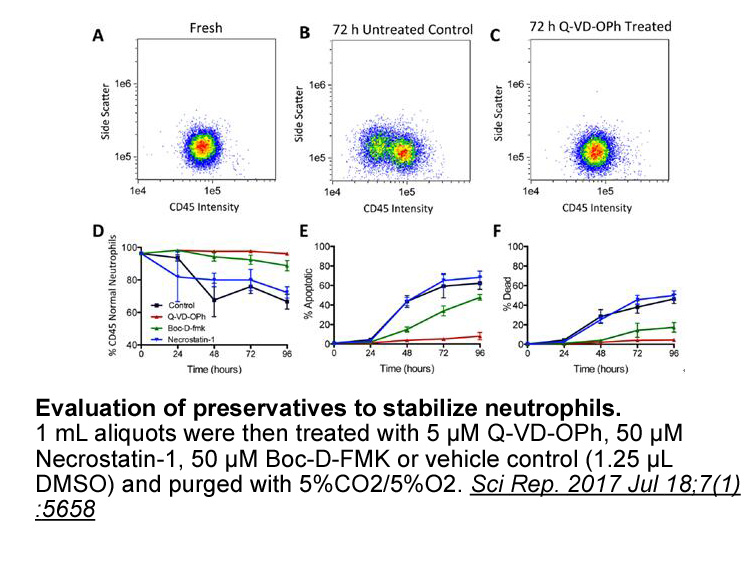
The present study also showed that EP2 deficiency and EP4 antagonism significantly suppressed psoriatic ID-8 synthesis in an imiquimod model. Notably, however, the combined EP2 deficiency and EP4 antagonism did not completely suppress ear swelling in this model, possibly because there is the IL-17–
-
br Disclosure statement br Acknowledgements This
2020-12-18
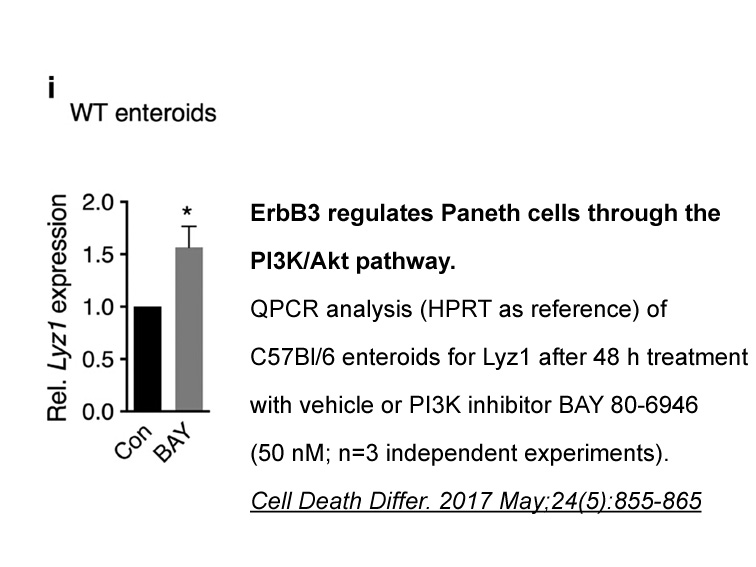
Disclosure statement Acknowledgements This research was supported by grants from the National Institutes of Health, NS046400 and AG022971 (SD), and a fellowship from the Korea Research Foundation, KRF-2007-357-E00016 (YTK). The authors thank Dr. Barbara Crain for assistance with the immunologi
-
Zafirlukast Compounds and possessed relatively low
2020-12-18

Compounds 11–13 and 15 possessed relatively low clogP values and tended to show relatively weak antagonist activity regardless of their potent EP1 receptor affinity. Compounds 2–4, which were selected based on their potent in vivo antagonist activity, were found to be effective in an animal model.
-
This study has some limitations
2020-12-18
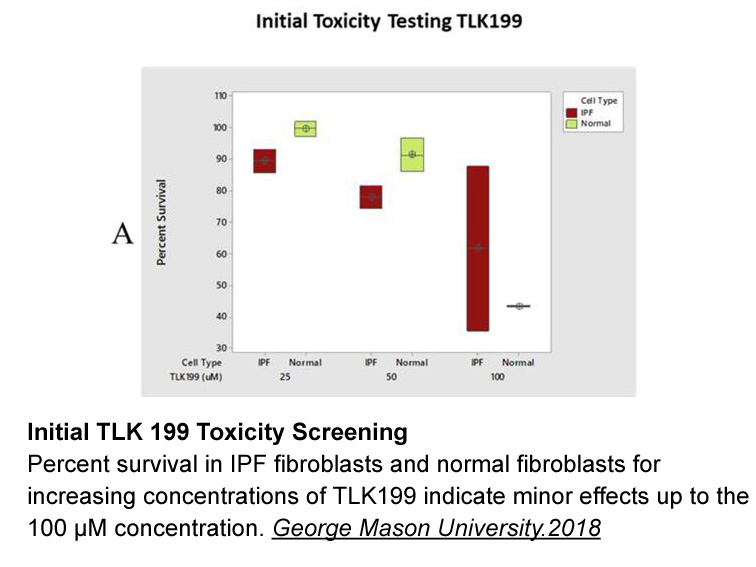
This study has some limitations. First, the immunoblot analyses performed in the present study did not test for whole retinal antigens. Therefore, we could not exclude the possibility that the clinical features of our cases were caused by the activity of other antiretinal antibodies, although the sa
-
br Clinical potential of ET receptor biased
2020-12-18
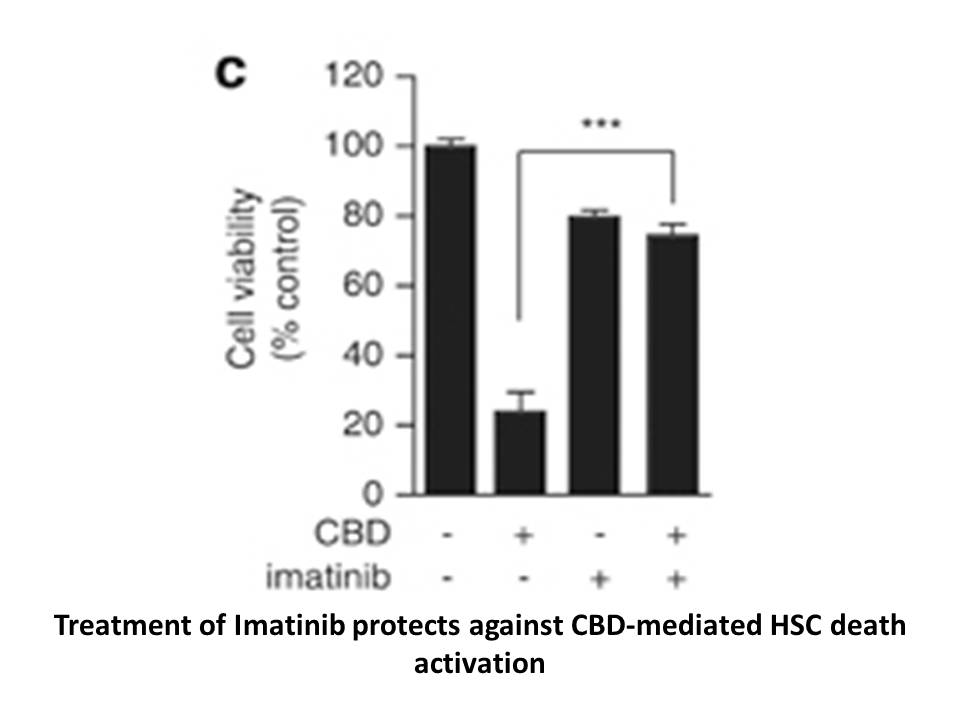
Clinical potential of ET receptor biased ligands Is there a clinical need for ET receptor biased ligands? Evidence is strongest from research in epithelial ovarian cancer demonstrating that ET-1 stimulated ETA-mediated β-arrestin signalling leads to activation of the oncogenic mediator NF-κB [21]
-
Methacholine MCh is a bronchoconstrictive agent that has bee
2020-12-18

Methacholine (MCh) is a bronchoconstrictive agent that has been widely used in the diagnoses of airway narrowing and hyperresponsiveness (Jonasson et al., 2009). MCh induces muscle contractions by stimulating the muscarinic cholinergic receptors that are found in both the airways and the lung parenc
-
Our results showed that in elastase induced AAA TGF neutrali
2020-12-18
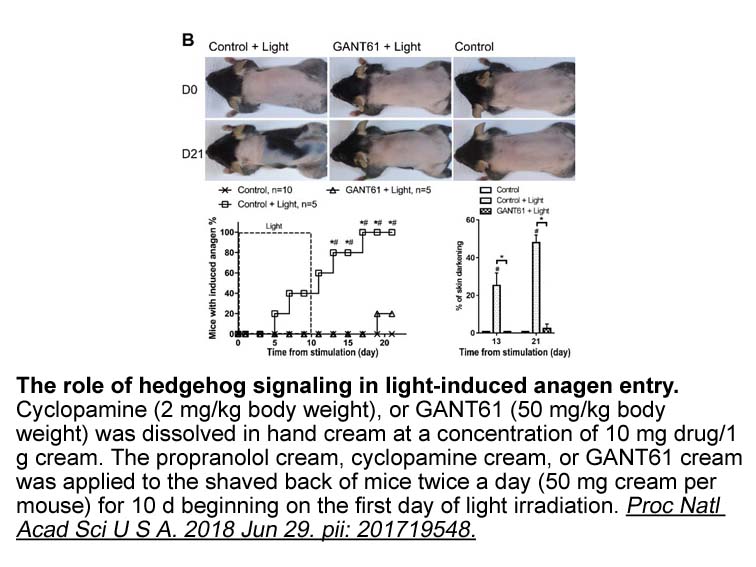
Our results showed that in elastase-induced AAA, TGF-β neutralization finely tunes macrophage phenotype. Note that several studies have already addressed the role of M1 markers, such as IL-6 and IL-1β, or M2 markers, including IL-10 and TGF-β.4, 9, 10, 11 The expression and the role of ARG1 in AAA h
-
pterostilbene To get an indication whether GBM
2020-12-18
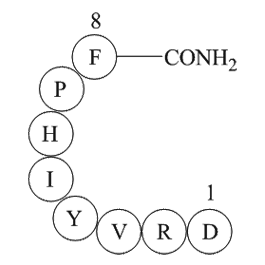
To get an indication whether GBM-derived 25-OHC could act as a chemotactic signal for monocytes, lipid extracts of GM133 media were used in THP-1 migration assays. Although an indirect approach, these experiments revealed that medium lipid extracts induced monocyte migration in a quantitatively comp
-
MuRF interacts with four and a half LIM domain
2020-12-18
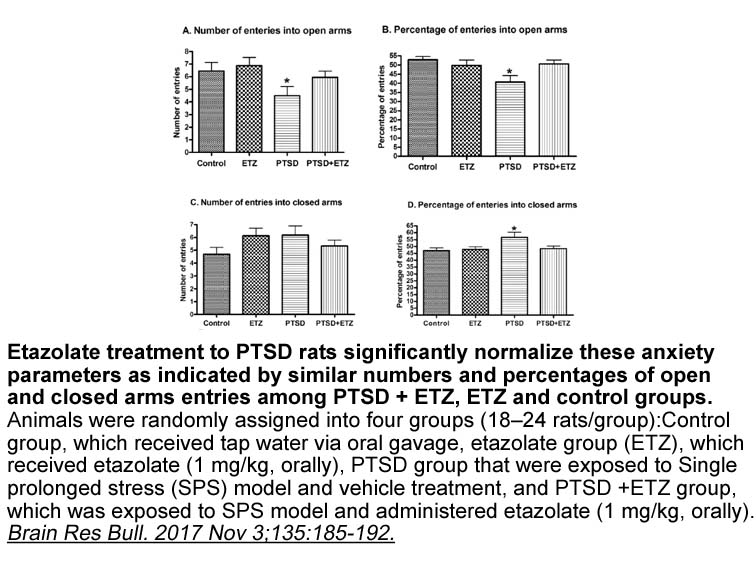
MuRF3 interacts with four-and-a-half LIM domain (FHL2) and γ-filamin leading to their degradation via UPS [64]. Conversely, abnormal aggregation of these proteins was observed in mice lacking MuRF3. Moreover, MuRF3-/- mice were found more prone to cardiac rupture after acute myocardial infarction (A
-
br Materials and methods br Results br Discussion
2020-12-18

Materials and methods Results Discussion Plant U-box E3 Ub ligases regulate diverse plant-specific cellular processes [1], [2], [3], [4]. However, structural and functional relationships between U-box E3s and their E2 partners are largely unknown in higher plants [24], [25]. In this study,
-
Since both the Ub and ISG systems are
2020-12-18
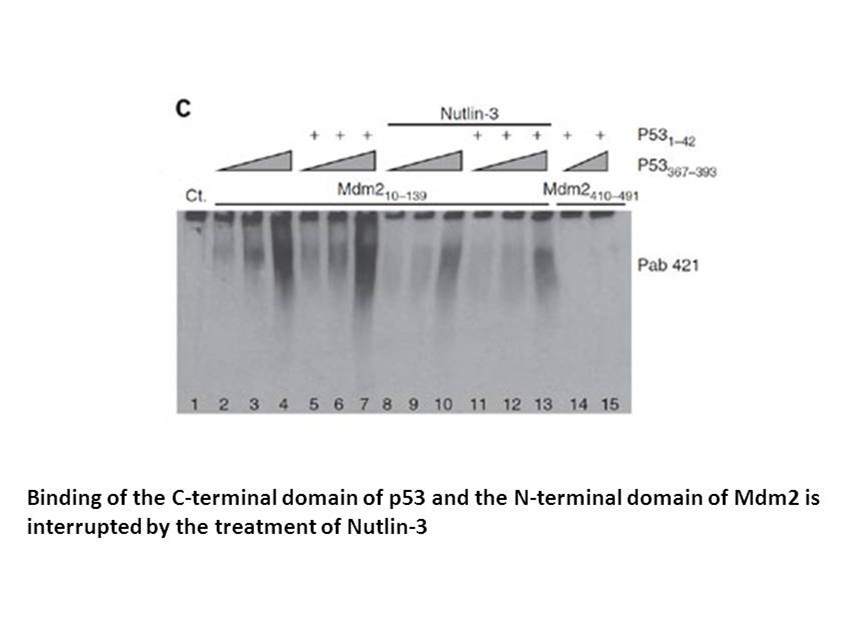
Since both the Ub and ISG15 systems are crucial for the innate immune response, many prokaryotic and viral pathogens have evolved ways to hijack them in order to create a “window-of-opportunity” for efficient replication. Several viral and bacterial proteins have been found to directly target these
-
br Authors contribution br Disclosure statement
2020-12-18
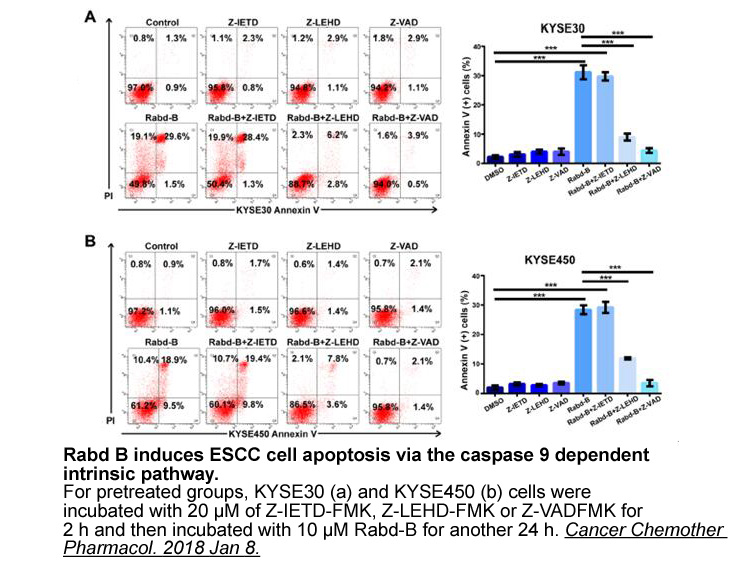
Authors contribution Disclosure statement Acknowledgements This study has received funding from the Italian Ministry of University and Research (PRIN 2015, grant number 2015373Z39_008) and from the Innovative Medicines Initiative 2 Joint Undertaking under grant agreement No 115797 (INNODIA)
-
C PHNO has been described as a full
2020-12-18
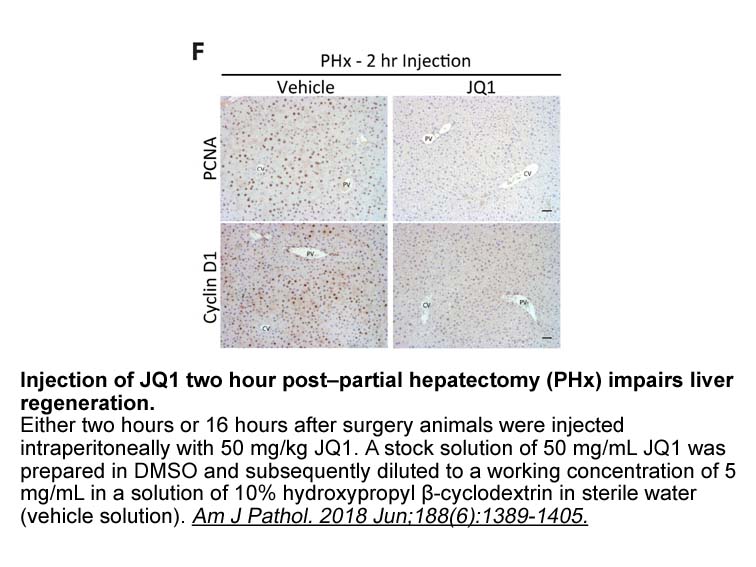
[11C]-(+)-PHNO has been described as a full agonist at both D2 and D3 receptors [54,55]. [11C]-(+)-PHNO was initially developed as a PET radiotracer for imaging the high affinity state of the D2 receptor (i.e., highD2) as a means of measuring synaptic dopamine changes in response to pharmacologic ch
-
Our finding that one enzyme
2020-12-18
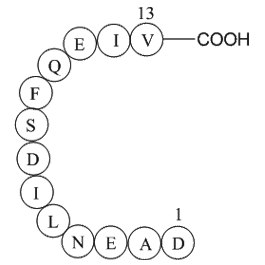
Our finding that one enzyme acts both as a primase and a DNAP poses evolutionary and mechanistic questions. In particular, why do cellular organisms require two enzymes to fulfill de novo DNA synthesis? The inability of cellular replicases to perform as primases might be dictated by the challenges a
-
br Discussion Although DNA has
2020-12-18

Discussion Although DNA has a limited chemical stability it has long been known that DNA in blood stains may remain relative stable for weeks, months, or even years at ambient temperature,1, 2, 3, 4, 5, 6 and samples (e.g., reference samples) that have been transferred to a matrix, e.g., FTA® pap
16595 records 776/1107 page Previous Next First page 上5页 776777778779780 下5页 Last page